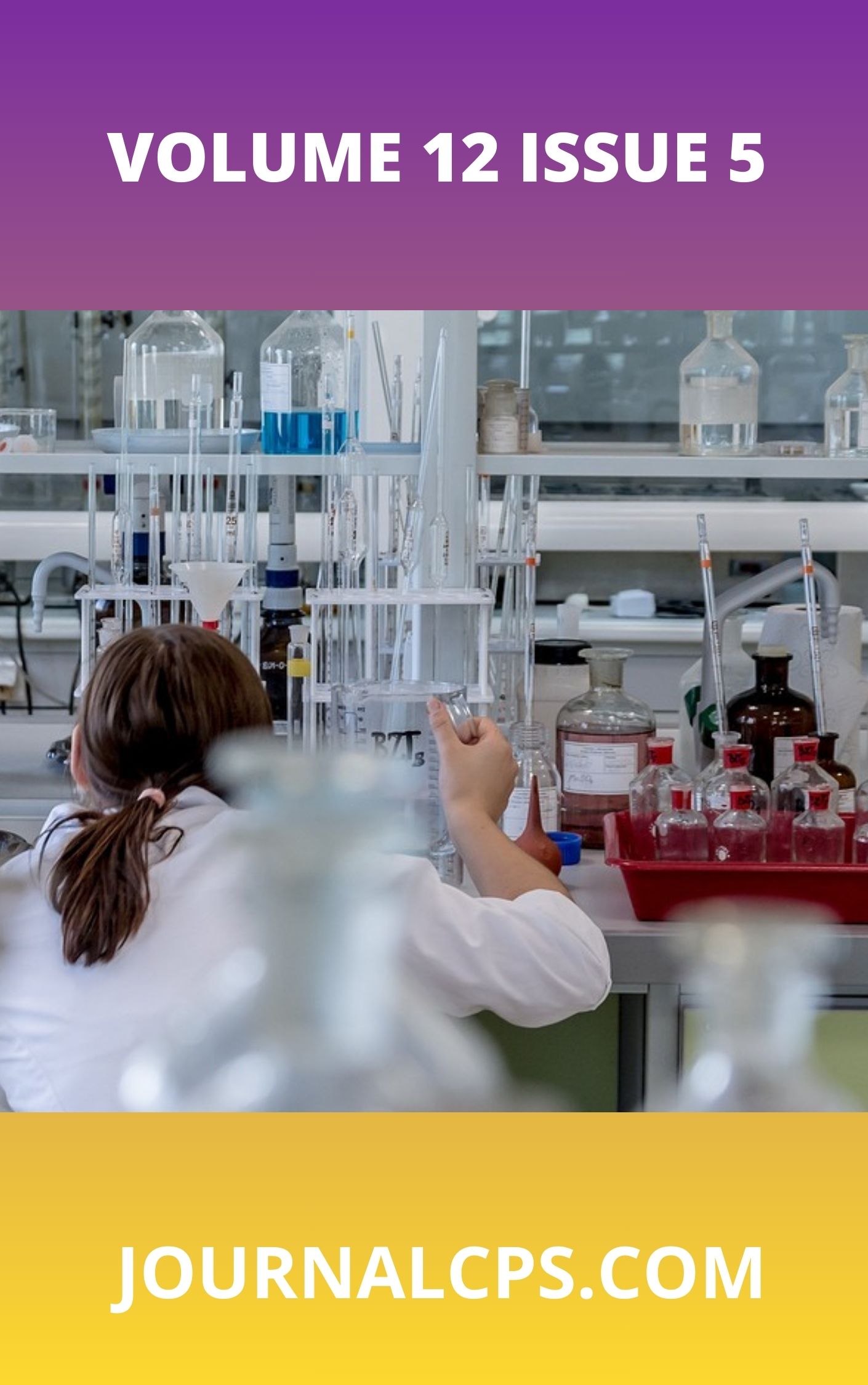A Conceptual Framework for Managing Pandemics: Integrating Disease Models with Public Behavior and Misinformation Control
Keywords:
Pandemic modeling, Public behavior, Misinformation, SEIR model, Dual-spread frameworkAbstract
Pandemic response strategies have traditionally relied on classical epidemiological models such as SIR and SEIR, which primarily focus on the biological transmission of infectious diseases. However, these models often overlook the significant influence of public behavior, trust in science, and the rapid dissemination of misinformation. This paper proposes an integrated conceptual framework that bridges these gaps by combining epidemic modeling with behavioral and informational dynamics in what is termed a "Dual-Spread Model." Through a synthesis of literature, historical examples (COVID-19, H1N1, Ebola), and illustrative diagrams, the study reveals how misinformation, public trust, and community responses can either amplify or suppress disease spread. The framework emphasizes feedback loops between disease outcomes, information flows, and behavioral responses, offering practical insights for policymakers. Key policy recommendations include behavior-informed vaccination campaigns, targeted communication strategies, and coordinated efforts between public health institutions and information platforms. This interdisciplinary approach provides a more robust and adaptive tool for future pandemic preparedness and response.
Similar Articles
- Rashida Adamu Bulkachuwa, Bello Y. Idi, Musa Muhammad Salihu, Abdullahi Lawal, Salisu Tata, Evaluation of Excessive Lifetime Cancer Risk Due to Gamma Radiation on Rocks in Shira Village, Bauchi State Nigeria , Communication In Physical Sciences: Vol. 11 No. 4 (2024): VOLUME 11 ISSUE 4
- Jibril Yahaya Kajuru, Hussaini Garba Dikko, Aminu Suleiman Mohammed, Aliyu Ibrahim Fulatan, Generalized Odd Gompertz-G Family of Distributions: Statistical Properties and Applications , Communication In Physical Sciences: Vol. 10 No. 2 (2023): VOLUME 10 ISSUE 2
- Y. Buhari, A review on the prevalence of Human Giardiasis in some selected States in Nigeria , Communication In Physical Sciences: Vol. 5 No. 1 (2020): VOLUME 5 ISSUE 1
- Uchechi Ezere, Chijioke Oriaku, Ozochi Akwuegbu, Fast Interpolating Spline for Diurnal Temperature Patterns , Communication In Physical Sciences: Vol. 8 No. 3 (2022): VOLUME 8 ISSUE 3
- Mohammed Hassan Ramat, Yahaya Zakari, Mohammed Usman, Isah Muhammad, Jamilu Yunusa Falgore, Hussaini Garba Dikko, The Effect of Exchange Rate on Gross Domestic Product (GDP) on the Nigerian Economy using ARDL-ECM approach , Communication In Physical Sciences: Vol. 8 No. 2 (2022): VOLUME 8 ISSUE 2
- Kayode I. Ogungbemi, Analysis and Estimated Daily Dose Intake of Toxic Metals in Commonly Used Building Materials and Its Health Impacts on the Society in Lagos, Southwest Nigeria , Communication In Physical Sciences: Vol. 8 No. 3 (2022): VOLUME 8 ISSUE 3
- Henry Ekene Ohaegbuchu , Boniface Ikechukwu Ijeh, Marry Ihechiluru. Ojiaku, Joint Inversion of Direct Current and Electromagnetic Soundings , Communication In Physical Sciences: Vol. 9 No. 1 (2023): VOLUME 9 ISSUE 1
- Bright Adinchezo Adimoha , James Nwawuike Nnadi, Bright Okore Osu, Franca Amaka Nwafor, A Mixed Boundary Value Problem for a Finite Isotropic Wedge Under Antiplane Deformation , Communication In Physical Sciences: Vol. 11 No. 4 (2024): VOLUME 11 ISSUE 4
- Temitope Sunday Adeusi, Ayodeji Aregbesola, Impact of Climatic Condition on the Life Cycle of Water Contaminants , Communication In Physical Sciences: Vol. 9 No. 4 (2023): VOLUME 9 ISSUE 4
- Olusegun Sowole, Solar UV-Radiation Absorption by Stratospheric Ozone in Lagos Southwest of Nigeria , Communication In Physical Sciences: Vol. 5 No. 4 (2020): VOLUME 5 ISSUE 4
You may also start an advanced similarity search for this article.




